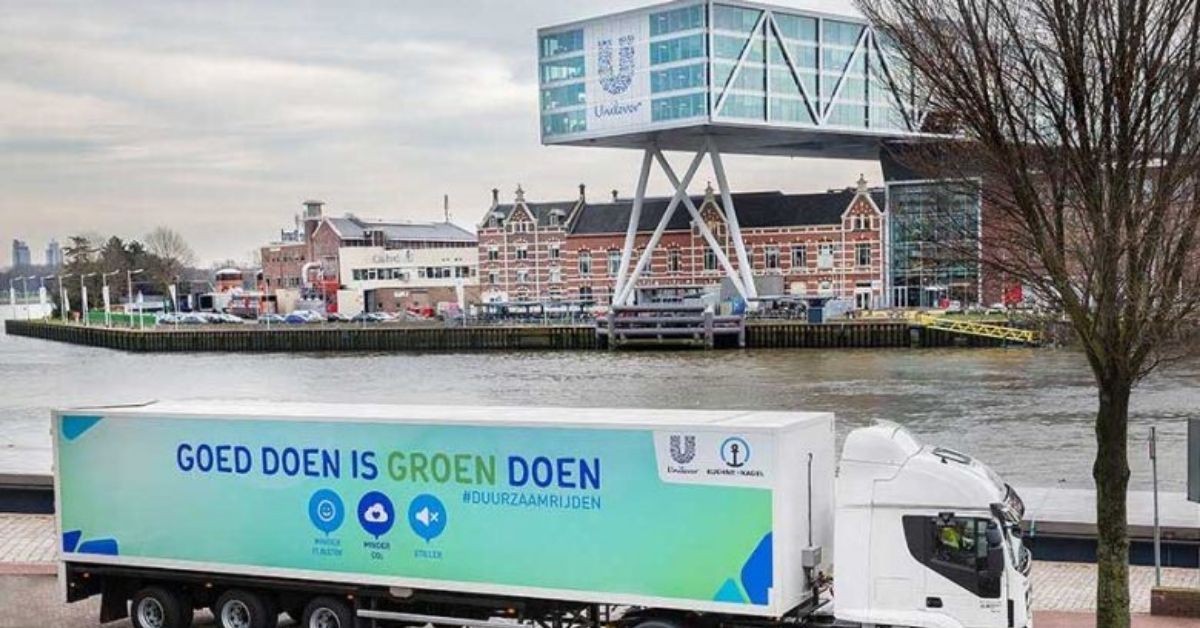Unilever, one of the world’s largest consumer goods companies, is coming good on its pledge last year to reach net zero emissions for all its products by 2039, taking a new high tech eye to all of its cargoes being shipped around the globe.
The plan is for each of the company’s 70,000 products to show on their labels how much greenhouse gas was emitted in the process of manufacturing and shipping them to consumers.
Unilever uses around 12,000 containers on 1,500 ships to get their products across the globe.
To simplify this complex logistics journey, Unilever has built a track and trace application that allows visibility of their cargo at sea, including essential data of the products and container information.
The new tool, the Virtual Ocean Control Tower, aims to give Unilever extremely accurate real-time visibility into their sea freight operations, while boosting its efforts to drive sustainability across the ocean shipping industry.
Among other partners, Unilever relies on vessel tracking firm MarineTraffic to streamline its sea freight logistics procedures and improve operational efficiency, using advanced AIS data and maritime intelligence.
By using MarineTraffic API services, Unilever is able to pull the vessel location data directly into their own application. In this way, Unilever can easily keep track of the status of about 5,000 to 6,000 containers that carry its products each month. Unilever is also able to leverage MarineTraffic port congestion data to monitor over 300 ports on a weekly basis.
Unilever was one of nine companies – including Maersk – who formed the Transform to Net Zero initiative last July, intending to develop and deliver research, guidance, and implementable roadmaps to enable all businesses to achieve net zero emissions.
Last month the coalition put out a position paper for priorities for this year and in the decades to come.
The paper noted that members would work in 2021 to pilot the end-to-end decarbonisation of value chains, developing a roadmap for company action to achieve a “just and inclusive” net zero transformation.
Source: SPLASH247.COM







